Undertaking the challenge of achieving true Artificial Creative Intelligence (Chen, et al., 2020) requires rolling the clock back to 1873, the year the concept of a neural network in the human brain was first introduced by Alexander Bain (Bain, 1873). Most of today’s advances in artificial intelligence are based on the foundational and 150-year-old construct of neural networks.
The research described in this article necessarily ignores neural networks and will conduct fundamental work in the biology of creativity in non-pathological situations. What happens in humans during the creative process? Once the proper model for human creativity is developed, then work towards achieving Artificial Creative Intelligence (ACI) can begin with a fresh paradigm separate from the neural network.
A New Paradigm
The paradigm suggested to guide the work is one of a physiological system for creativity. A key hypothesis is the existence of creative homeostasis in which there is no motivation to create. Homeostasis of one form or another is the steady-state all physiological systems strive to maintain. Creative homeostasis is the steady-state a body requires in its internal environment to support a non-creative state. A stimulus, external or internal, drives the body away from creative homeostasis. The motivation to create emerges. A physiological creativity system framework appears in Figure 2.
Key Characteristics of the Creative Physiological System
Steady state for humans is creative homeostasis defined as an environment internal to the body in which no urge to create exists. Creativity is a closed-loop non-linear feedback system. External or internal stimulus is sensed forcing the system out of homeostasis.
The deviation from creative homeostasis changes levels of a yet to be discovered change in whole-body chemistry. A key hypothesis is the existence of Hormone C (HC), a creativity hormone. It is not yet known if HC exists as a single molecule or as a mixture of numerous known hormones and other molecules forming a Neural Soup (Figure 3). The release of HC triggers an urge, or motivation, to create.
Psychological affect plays a critical role in the system. Affect includes emotion, mood, physical appearance, outlook, and behavior of an individual. Affect influences three actions: (1) conceptualization of creative output, (2) divergent thinking to determine alternative forms of a creation and the creative act, and (3) convergent thinking to make an executive decision regarding the imagining of a creative goal. Following execution of the creative act, the new creation drives the creativity system back to homeostasis, while at the same time acts as a stimulus to the system – an inner loop.
An additional area to explore is the measurement of creative output such as a painting, a poem, and a business decision (Leung, 2019). Is there an objective function for creativity? Or is creativity anobjective, which is the lack of an objective or objective function within the system? The goodness of a creation is currently measured subjectively. “Beauty is in the eye of the beholder.” (Hungerford, 1878). To be discovered is whether or not objectivity of creative goodness can be modeled.
Mathematics
Once the physiological creativity system is modeled in vivo, the mathematics required for artificially reproducing that system’s behavior requires discovery. Current math used in a neural network paradigm include linear algebra, multi-variate calculus, statistics, and probability. A whole set of other math to test exists that might or might not prove useful in the pursuit of true ACI. Other disciplines of math include, among others, tensor calculus, differential geometry, topology, number theory, set theory, chaos theory, quantum theory, and nonlinear dynamics (Figure 4). Once proper mathematics are applied, ACI can be simulated in vitro and be ready for experimentation in machine creativity.
Cross-Disciplinary Approach
Creativity physiological system research requires a cross-disciplinary approach across both “wet sciences” and “dry sciences”. Wet sciences group in vivo disciplines of biochemistry, cell biology, endocrinology, neuroscience, physiology, and psychopharmacology along with various imaging techniques. Dry sciences group in vitro disciplines of the arts, mathematics, computer science, non-linear control systems, philosophy, and psychology. Only through this cross-disciplinary approach can the nature of creative physiology be discovered and understood.
What Does ChatGPT Think?
As an interesting test, Figure 6 (below) is a screen shot of the ChatGPT response to the question, “What is the physiology of creativity?” The focus of the response is activity in the human brain reflective of how ChatGPT was trained. This in itself is not creativity. Rather, it is imitation. Recall, current work in artificial intelligence sits at an imitation barrier (Chen, et.al., 2020).
I assert the physiology of creativity is a whole-body system, not limited to a single organ, the brain. What role, if any, does the cardio-respiratory system (heart and lungs) play in creative thought? Do blood oygen levels have an effect on creative activity in the brain? And what about the Islets of Langerhans and blood sugar concentrations?
So What?
Artificial Creative Intelligence based on a whole-body physiological model is required whenever a machine is expected to make higher order decisions and execute creative actions that go beyond data used to train it. An example would be a creative solution to the trolley problem in autonomous vehicles. Another example is decision-making by an owner of a small, early-stage company faced with the ethical question of whom to pay (vendors, employees, landlord, etc.) given inadequate cash on hand to pay everyone. Regarding machine ethics, many philosophers and others debate the ethical use of artificial intelligence. What needs further work, however, is how to build ethical thinking into an AI machine.
References
Chen R., Dannenberg, R., Raj B., Singh, R., Carnegie Mellon University School of Computer Science, 2020, Artificial Creative Intelligence: Breaking the Imitation Barrier. 11th International Conference on Computational Creativity, Coimbra, Portugal.
Bain, A., 1873, Mind and Body: The Theories of Their Relation. New York: D. Appleton and Company
Leung, H.Y. (2019). The Possibility of Measuring Creativity. Art Readers on Art • Hong Kong (I) (pp. 74-92). Art Reader (Hong Kong), Brownie Publishing (ISBN 978- 988-77971-4-2).
Hungerford, M.W, (1878). Molly Bawn. Tauchnitz, Leipzig, Germany.


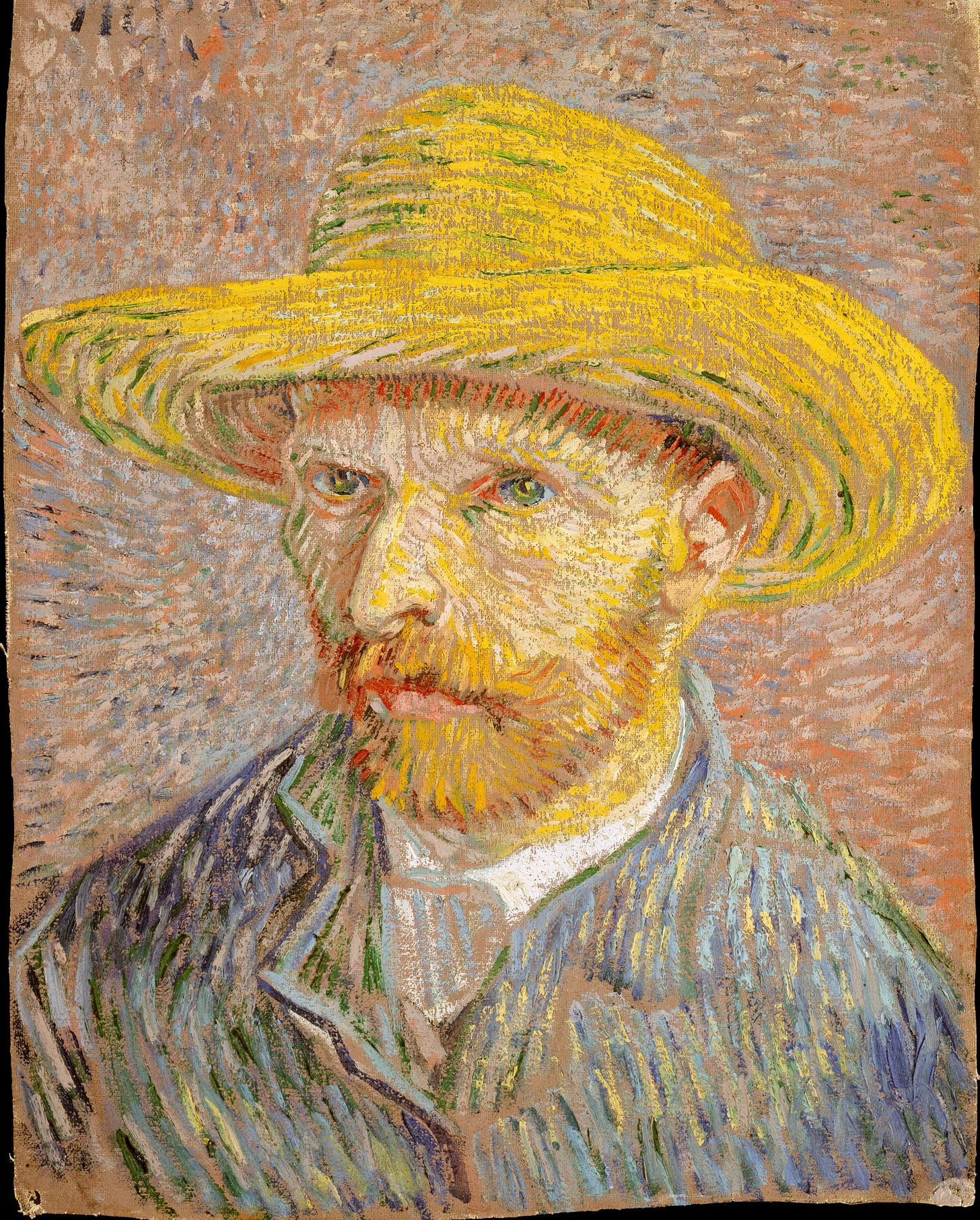
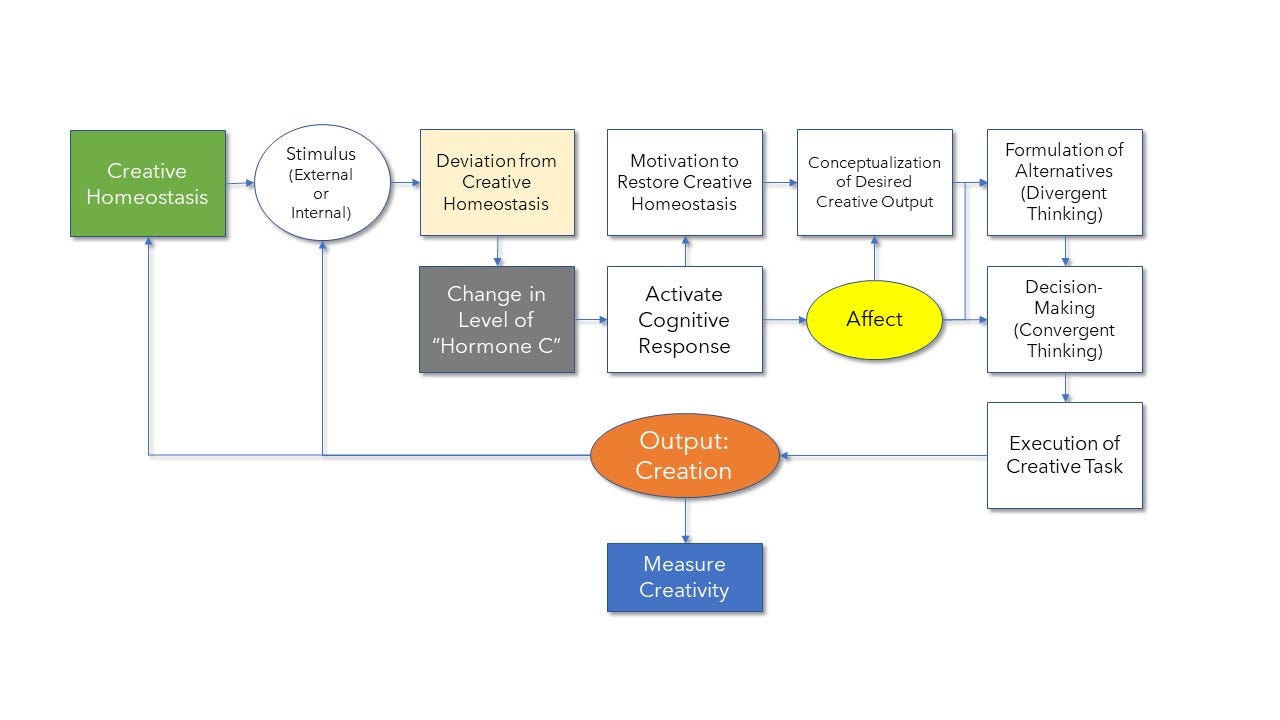

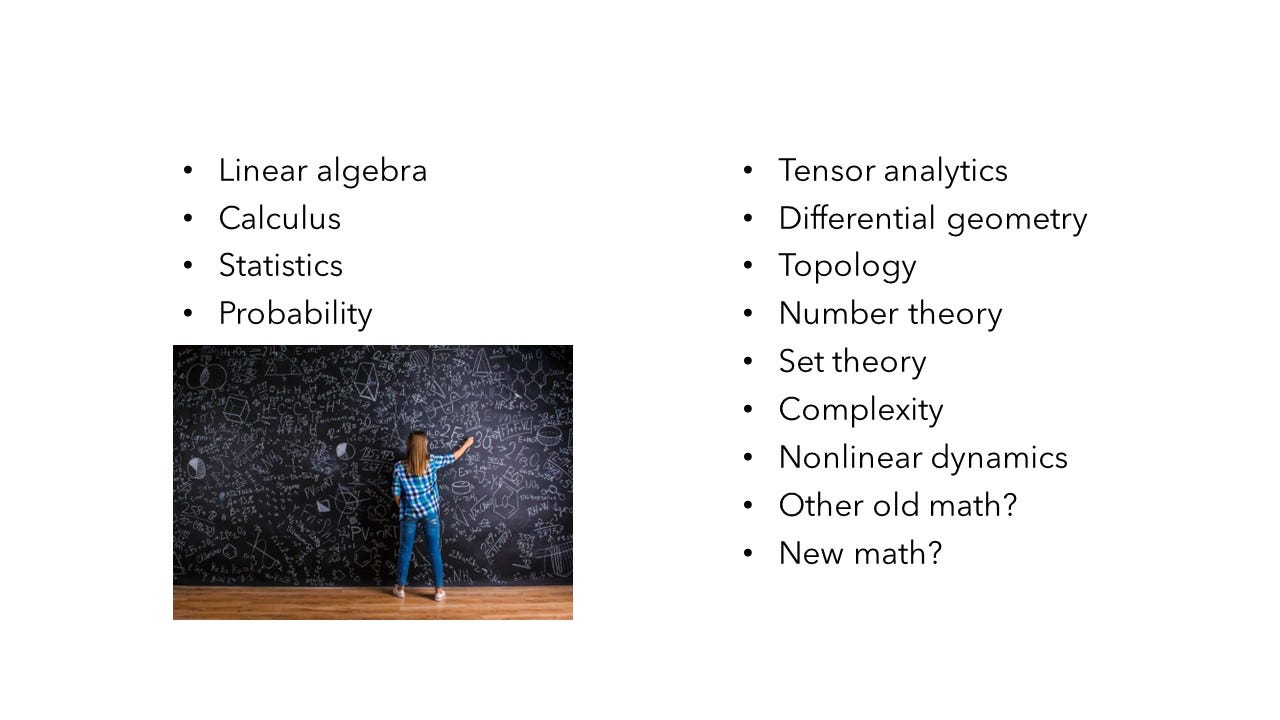
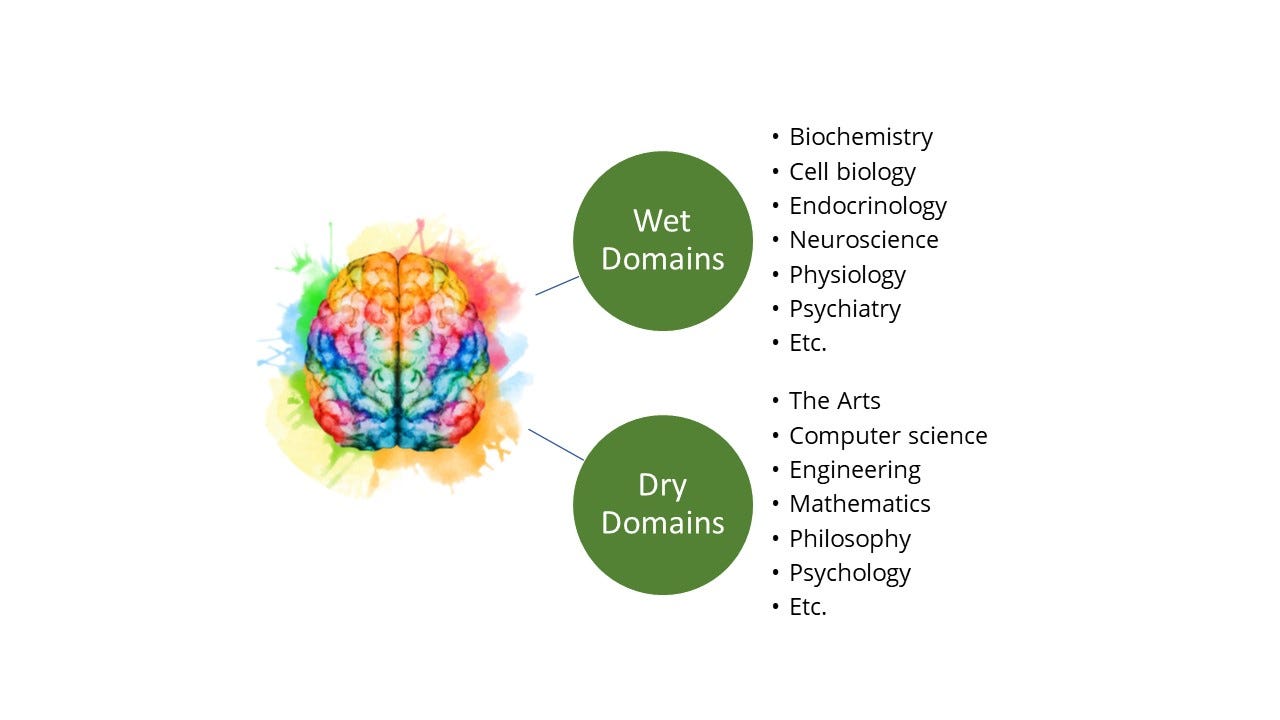
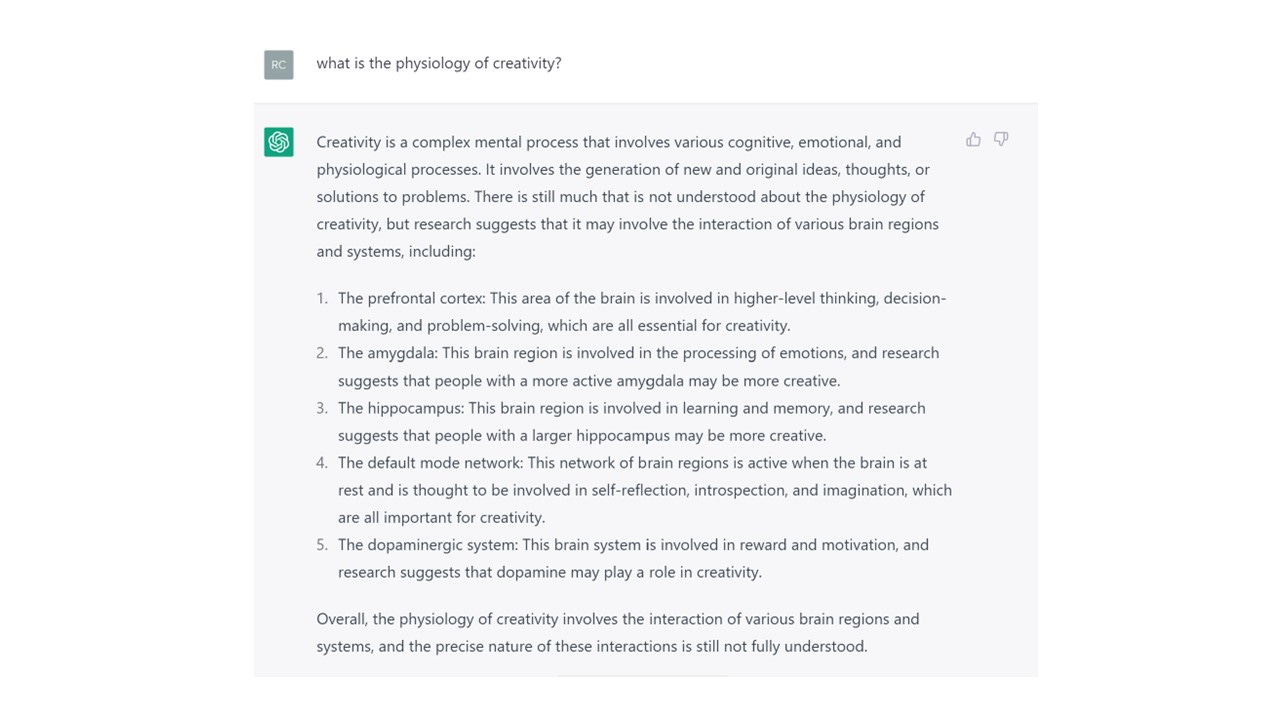
A fascinating, deeply logical, and well reasoned article. Well worth the time and effort to read and analyze. I will post more detailed comments after I have had time to fully appreciate the article.